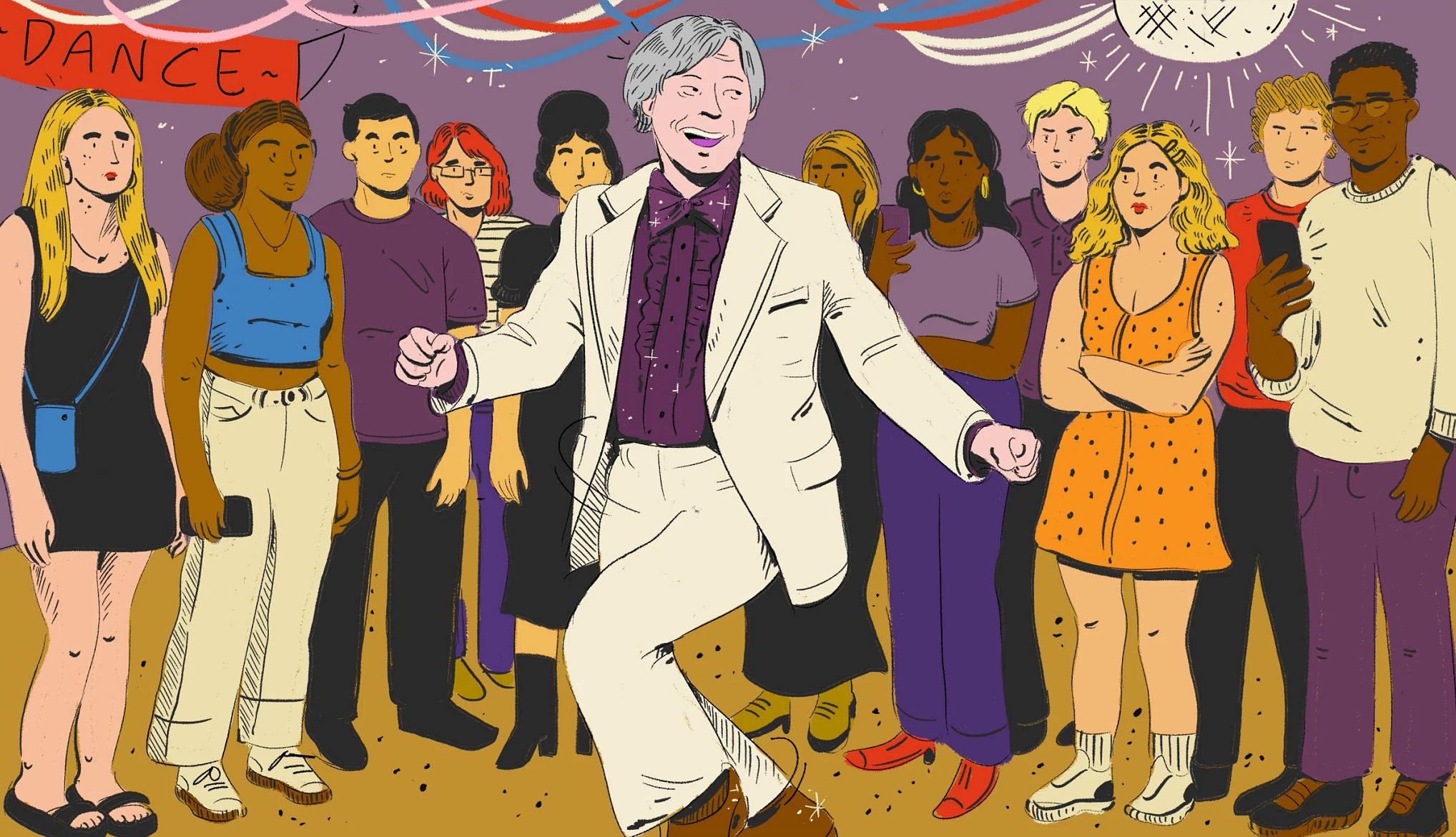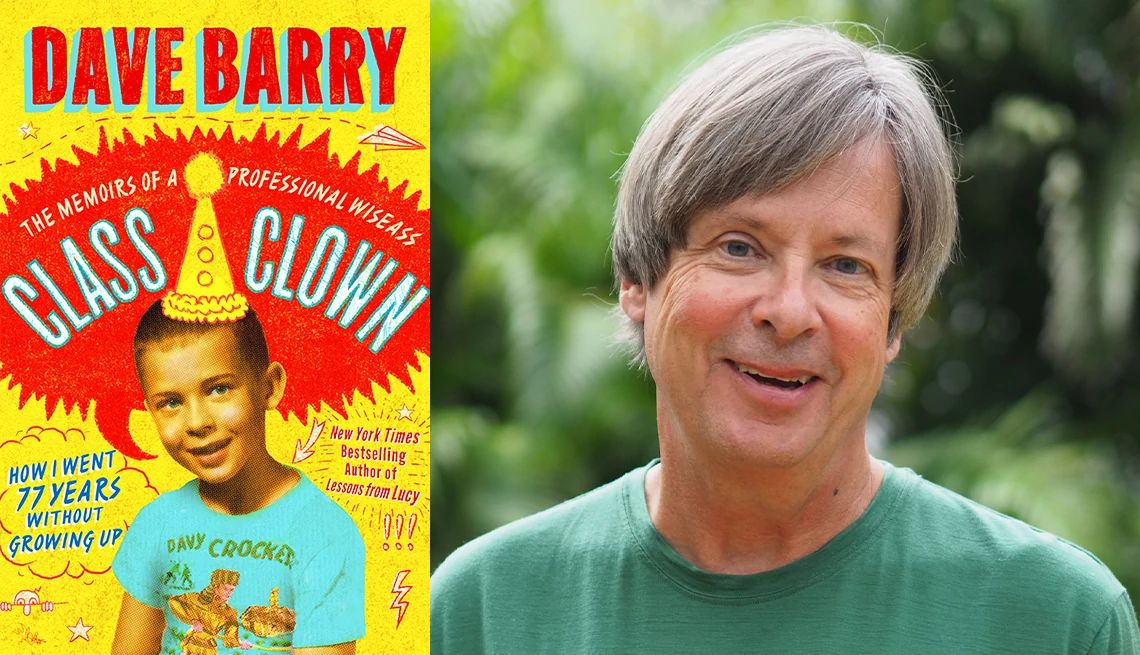AARP Hearing Center


I don’t want to sound like an old fart here. Don’t get me wrong: I am an old fart. But my intention, in this essay, is not to criticize young people, or suggest that they’re somehow inferior to my generation, the baby boomers. I’m simply noting that our generations are different.
For example, when I visit someone’s home, I ring the doorbell. To me, this seems like a good way to indicate that I’m at the front door. In fact, I believe — call me crazy — this is exactly why front doors have bells.
Whereas to my 25-year-old daughter and her Gen Z friends, ringing the doorbell is a shockingly aggressive act, comparable to throwing a rock through the front window, or — even worse — using your telephone to call the person you’re visiting. For Gen Z, the last thing you would ever use a telephone for is to make a telephone call.
What Gen Zers do, when they arrive at their friends’ houses, is send a text that says, quote: “here.” Perhaps you’re thinking, “But what if their friends don’t happen to be looking at their phones at that moment?” Don’t be silly. Of course they’re looking at their phones. They’re always looking at their phones. Even when they’re asleep, they know — don’t ask me how — exactly what’s going on with their phones.
And that’s fine! As I say, I’m not trying to be critical; I’m just pointing out that the generations are different. And I’ve noted one difference between my generation and Gen Zers that makes me feel sad for them, because I think they’re missing out on one of the great joys in life: dancing.
Gen Z doesn’t dance. This isn’t just my opinion. This is a scientific fact based on a rigorous study I have conducted between visits to the bar at a wide variety of wedding receptions. Here’s what I’ve observed: Once the traditional first dance has been dispensed with, the band or DJ starts playing music intended to lure people onto the dance floor, usually an up-tempo rocker. For a few moments the floor is empty. Then one brave pioneer couple will make their way out there. It’s almost always an older couple. In fact, often it consists of me and my wife. Soon we’re joined on the floor by other older couples. Before long the dance floor is full, and almost everyone on it is either receiving, or will soon be receiving, Social Security benefits.



































































You Might Also Like
Preview: 44 of Spring’s Top Reads
Ocean Vuong, Isabel Allende, Deanna Raybourn, Ron Chernow, Dave Barry and more authors with 2025 releases
10 Fantastic Short Story Collections for Your Book Club
A good story can give your group plenty to talk about
Healing Fiction Offers the Feel-Good Vibes Readers Need Right Now
Add these warm-hearted novels, including bestsellers from South Korea and Japan, to your reading list